“Am I a guitar player? No. I’m an entertainer”: Joe Bonamassa is out of lockdown with new album Time Clocks
The hardest working guitarist in the business discusses recording over Zoom, stripping down your rig and how he’s become the Derek Smalls of Covid-era touring.
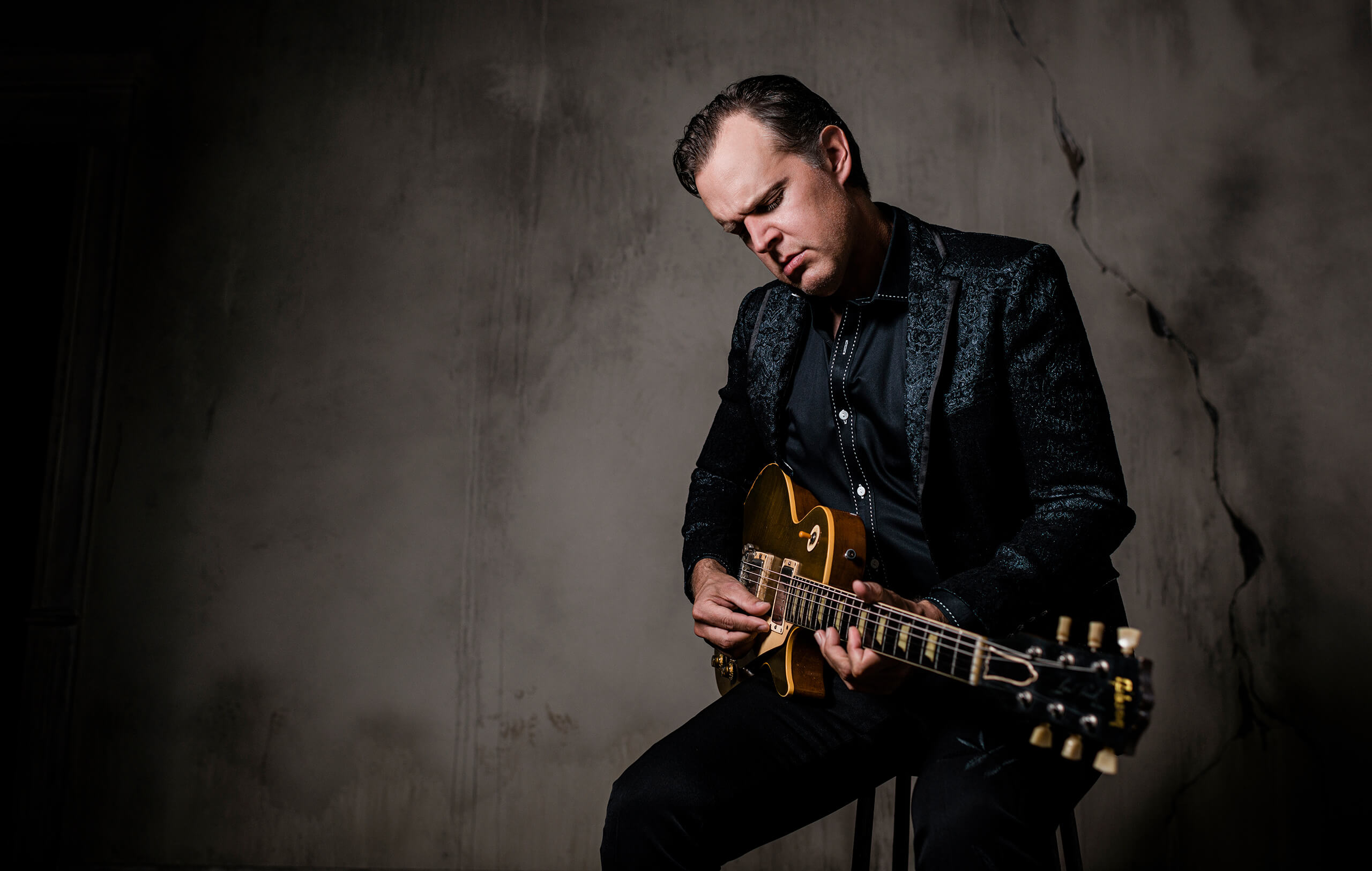
Image: Eleanor Jane
Joe Bonamassa is in high spirits and, frankly, who can blame him? We sit down with the guitarist in the slightly spooky surroundings of a Nashville paint factory that’s been repurposed as a film and photography studio and provides the suitably vibey location for today’s shoot. The July air is as thick as tar and, although the industrial-sized fan we’ve cranked up to jet-engine levels provides precious little respite from the heat, Joe’s taking it in his stride. After all, he bought an apartment downtown back in 2018, and these days he’s practically a Music City native. Yet, with summer and fall US tour dates in the calendar and a new album to promote, staying at home is the last thing on Bonamassa’s mind.
Entitled Time Clocks, the album in question is his 15th solo studio long player and one of his most ambitious to date. If the six and seven minute durations of many of the songs don’t provide enough of a signpost that this might be a more progessive-sounding take on blues-rock than Bonamassa’s previous work, then how about the sleeve art? Designed by none other than Hugh Syme, the Canadian graphic artist responsible for creating album cover artwork for the likes of Rush, Dream Theater, Megadeth and Queensrÿche, Time Clocks features a giant hourglass shattering in a desolate landscape as several tiny figures look on. That’s the awkward thing about time: it’s bigger than all of us, and there’s very little we can do about it.
Recorded in early 2021 in New York City’s Germano Studios, Time Clocks was cut as a trio with Steve Mackey on bass and Anton Fig on drums, with backing vocals and additional instrumentation added later. Due to travel restrictions, Bonamassa’s longtime producer Kevin Shirley was only able to attend the sessions via a Zoom video link from Australia.
“We were able to upload the tracks in realtime to Kevin with a one-second latency,” says Joe. “He would get to the studio at two o’clock in the morning and he was already a day ahead of us. First of all I was like, ‘This shit isn’t gonna work’. But it did actually work surprisingly well. Given the choice, I wouldn’t do it like that but if you have to, you can.”
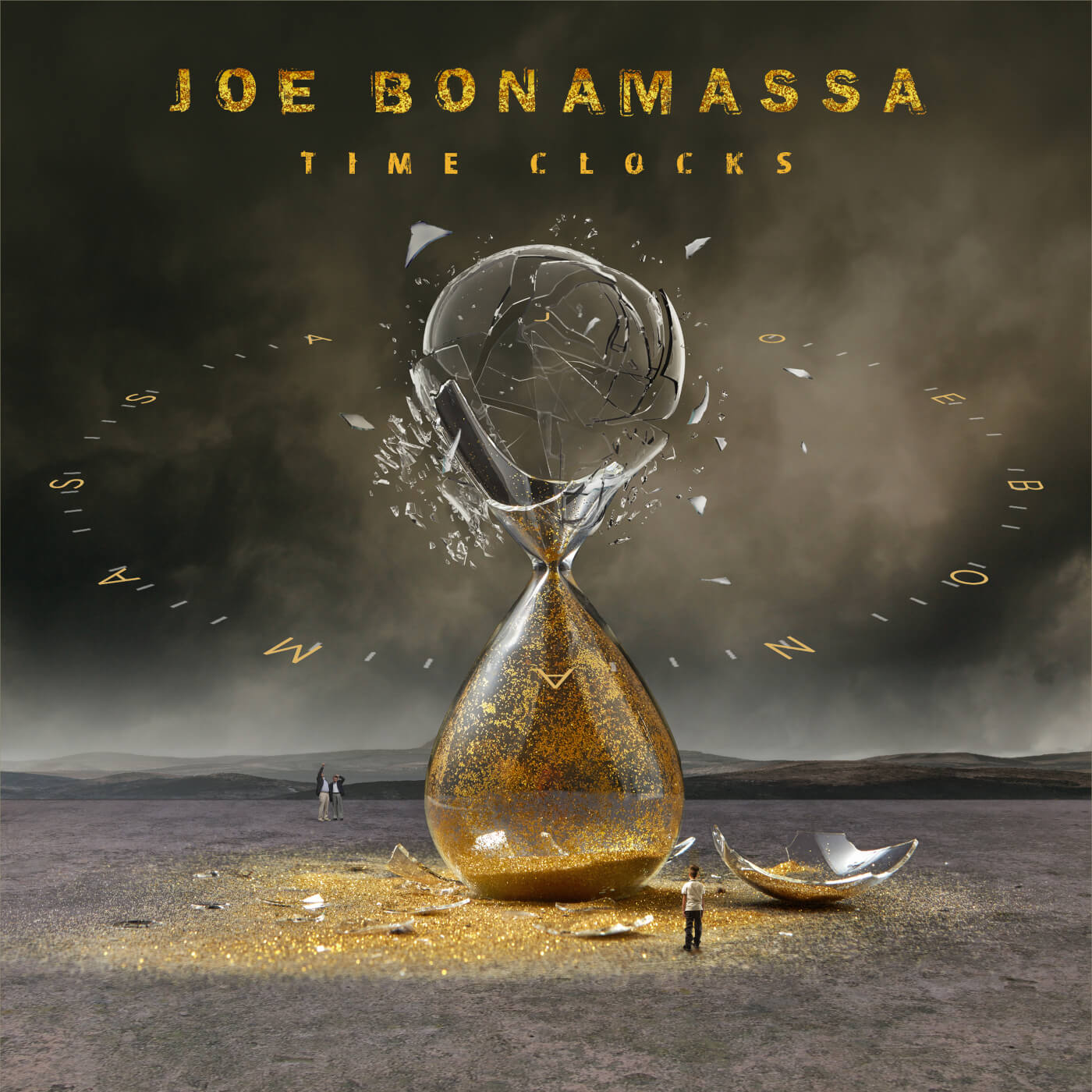
“If we’d done it last year it would have been more difficult than it was,” he adds. “Everybody was tested, they took your temperature every day when you walked in, and it worked out fine. I will say this: it was a little strange sitting and recording that way with masks on, then masks off – you can’t exactly sing with a mask! So it was interesting from that perspective.”
Though the album was recorded as a three-piece in fragmented circumstances, the end product is a much bigger-sounding proposition. “It ended up turning into one of these more adventurous things,” says Joe. “There’s a lot on there! But the people who played on it have been playing with me for years. Historically, we’ve always done background vocals after the fact. Horns would always go on after, strings would go on after. So we’ve kinda been working like this for a while. The weirdest thing was not having Kevin Shirley in the room producing it. And us looking at a screen? It was really the ultimate two-dimensional approach. I guess it’s a way of doing it but I’m old-fashioned. I’ve become really weary of 2D.”
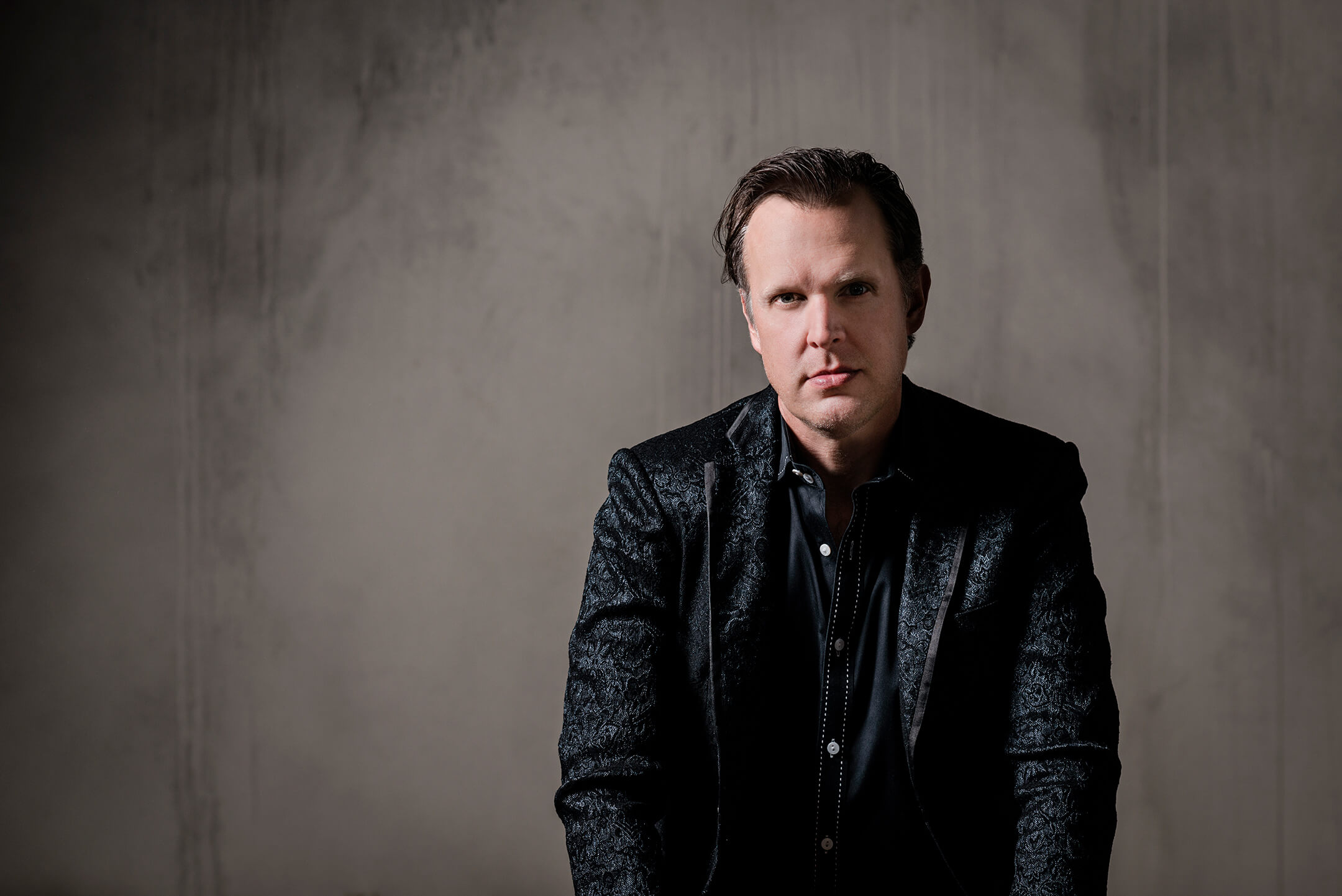
Virtual world
September 2020 saw Bonamassa stream a live pay-per-view performance from Nashville’s iconic Ryman Auditorium with a percentage of the proceeds going towards his Fueling Musicians programme, an initiative designed to support musicians struggling to make ends meet due to the impact of the pandemic. Admirable as that was, Joe is clearly itching to get back in front of physical crowds.
“Over the last year, everything has been a virtual event,” he says. “It’s not bad, it’s just not the way I like to consume things. The whole thing about a live gig is, it’s kinetic. You feel this movement of air. No matter how good your stereo system is, a livestream ain’t gonna be that. It may actually be mixed better than a live gig! But as a way of consuming media, at first I thought, ‘Oh, this is kind of interesting’. Then after about six months I was so bored of being part of it and watching it!”
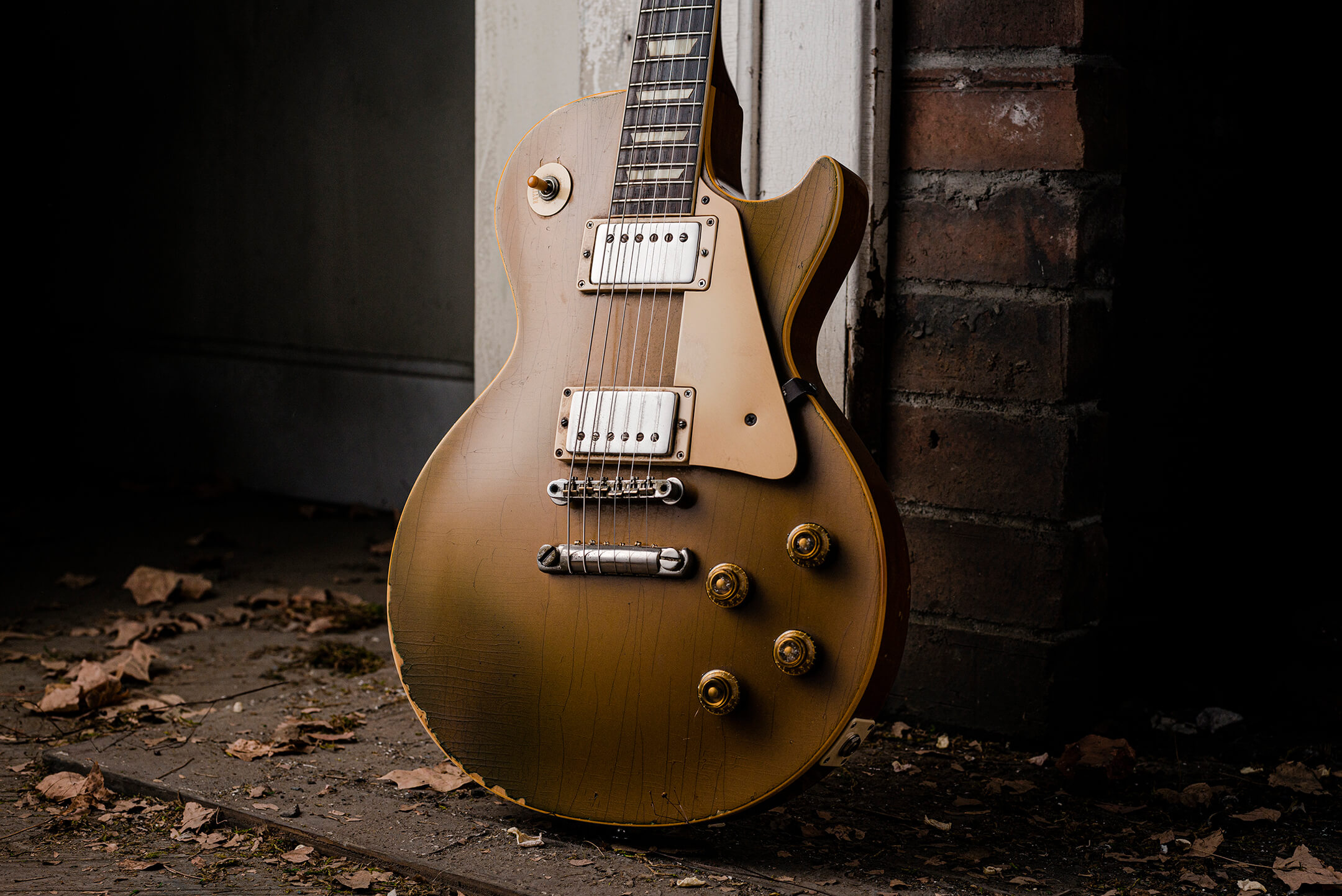
With touring off the table for most of the past 18 months, many musicians have immersed themselves in their instrument by practising, writing and recording at home. For Joe, things were different. “I think the prevailing narrative is that everybody was just sitting at home woodshedding, writing the greatest album of all time and getting ready to unleash it onto a very hungry world,” he says. “And some people did. But most of us old-timers – and I can say old-timer because I get called a boomer on a regular basis – most of us didn’t play anything.”
“I like the conversation in a band context when everybody’s playing. I cannot play to backing tracks. I have a hard time overdubbing solos”
When 30 years of relentless touring is put on pause, the resulting shock to the system inevitably triggers some big questions. “It was like okay, what are you? Am I a guitar player? No. Am I a singer? No. Songwriter? No. I’m an entertainer. The three things I just described feed into the one thing I think I’m actually good at, which is entertaining. And by entertaining that means in a room, with people, reading a room and a crowd. That was my takeaway from a year of being stuck in a house full of guitars. If I didn’t have a reason to play, I wouldn’t play. I wasn’t just playing because I wanted to learn this or learn that. A lot of people did. I probably got worse in the last year!
“Some artists really enjoy it but I can’t wait to get out of the studio – that’s just the kind of nomadic life I’ve led. But there’s no right or wrong in anything, people have a process. Some people hate the touring and this was their dream, to stay at home and be creative in the studio. I was just looking at piles of guitars and gear and thinking, ‘I have no desire to play any of this today.’ I’ll take pictures of it, because if nothing else I’m trying to be an Instagram influencer!”
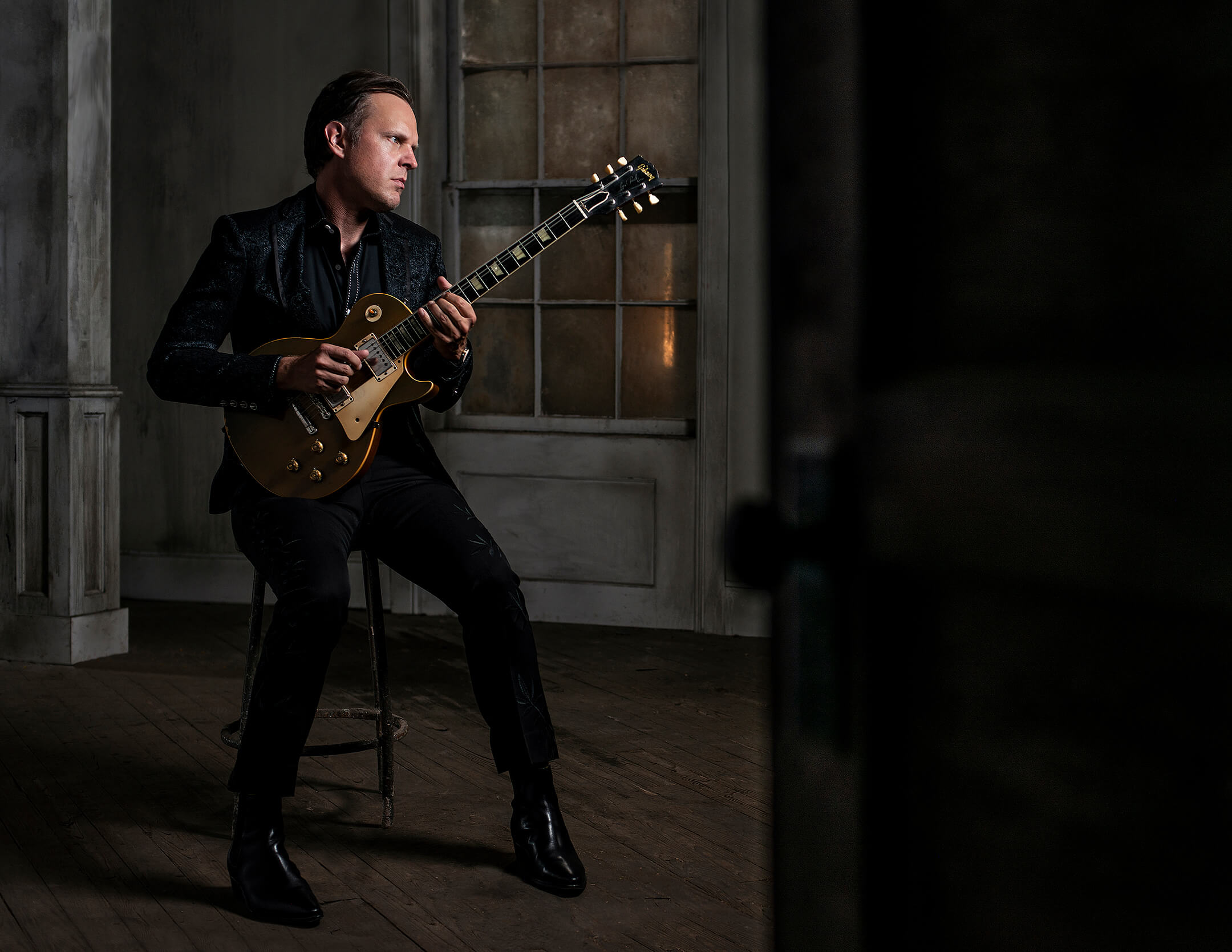
City lights
When Bonamassa was able to get back to business and begin work on a new album, he discovered that the location of Germano Studios in Manhattan’s NoHo district presented logistical problems. However, he soon embraced the limitations of a smaller-than-usual array of guitars and amplifiers.
“Shipping large amounts of heavy road cases to Broadway that would have to be unloaded on the street, in the middle of winter, didn’t seem appealing to me,” he admits. “I went with the two Deluxes approach. I had a Deluxe Reverb, I had a brown Deluxe and I ended up having one of my signature Twins from our inventory shipped to New York City.
“I had a ’59 Les Paul, I had a Blackguard Tele, maple and rosewood-neck Strats and a B-Bender Tele. I had enough to get in trouble! But long story short, compared to years ago with 40-50 guitars, tonnes of amps set up, my live rig… there was none of that. And, to be honest with you, once I got my head around that, it was pretty easy. I actually liked it better. It was like, ‘You want more overdrive? Turn the amp up. You want less overdrive? Turn the amp down. I think it’s too bright. Okay, we’re gonna move the mic.’ If you go with what you’ve got, you’ll get there in the end. You’ll figure out a way to twist the dials and EQ it. Unfortunately it still sounds like yourself!”
“I can play a Fender amp and a Fender guitar, it sounds like me. I can play a Gibson amp and a Gibson guitar. It sounds like me. Moving the needle isn’t happening anymore”
Have Joe’s stints in the producer’s chair on records by the likes of Joanna Connor and Reese Wynans informed his process when it comes to recording guitar parts for his own material? “Yeah,” he confirms, “but I also have to practise what I preach! I told Joanna Connor, ‘We’re using one amp’. And she had her overdrive and chorus and I was like, ‘We’re not using any of that’. And she excelled in that environment. And I was like, ‘I have to practise that myself’. I can’t use the crutches and then tell someone else they can’t.
“But, being a rhythm guitar player on a record you are producing, I’m in the control room, I’m listening to everything. You learn from the Steve Lukathers, the Brent Masons, all the great people that have made a life in the studio. When they are asked to be themselves, they become themselves, and when they are asked to come up with the right parts for the song, it might not sound like Brent Mason, but it sounds right for the song. You don’t ever wanna be that person that walks in and goes, ‘This is my tone’. If you are gonna be a session player, identify where you’re at and bring the toolkit that’s right.”
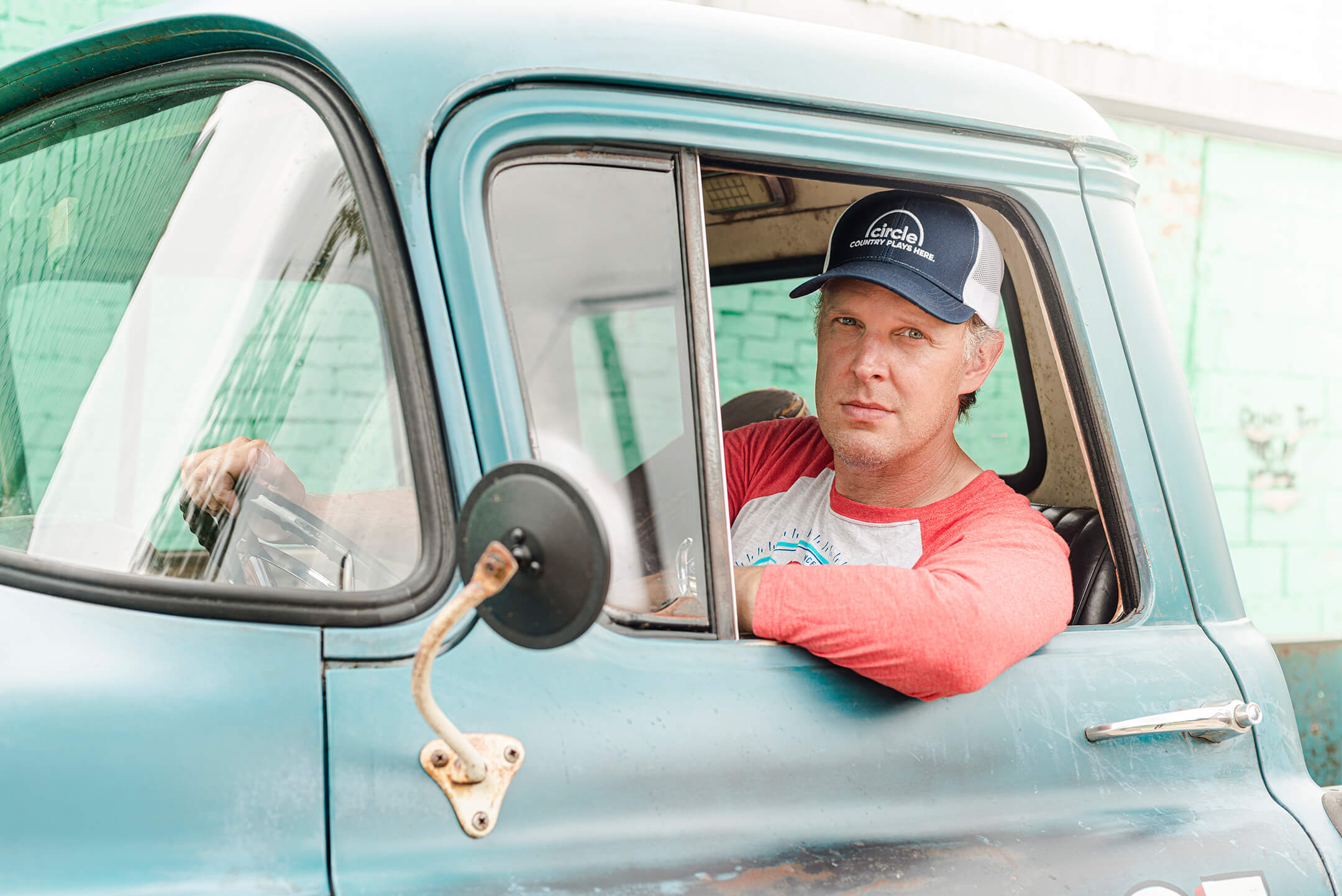
Back in the saddle
With more than 40 North American shows booked for the second half of 2021, we wonder if Bonamassa’s enthusiasm for a return to live work is tempered by the complexities of touring during the Covid era.
“You can’t get a tourbus now,” he says. “There’s a thousand acts out. Some people are taking this thing to an absolute extreme, testing everybody going in and spending a fortune on that, and that’s their right to do. And some people are just throwing caution to the wind. I think we’re somewhere in the middle. We’re the lukewarm water! We’re the Derek Smalls of Covid touring. At the end of the day you’ve gotta make sure what you are doing is responsible. It’s all about personal choice and whatever the audience is comfortable with. If you read the loud criticism on social media you’d think this is mandatory and that we’re rounding people up and shoving ’em in the Ryman against their will. Wait a minute! We’re not doing that!”

We suggest that a return to the road might see a resumption of the guitar safaris that have become a fixture of Bonamassa’s Instagram account but, he claims, he’s way past that. “I ticked a few boxes this year, stuff that never came my way that I was able to find really nice examples of,” he says. “But the collecting thing was mostly because I was out and touring and hunting this stuff down. When you are just kinda sitting around, you’re not hunting it down, you’re not getting leads, and at some point you just don’t care. I’m out of room and nothing’s really moving the needle.
“A couple of months ago I rediscovered my love of SGs. I’ve got like 30 SGs, and I never play ’em. But I got out this ’63 that I’ve had forever, and was like, ‘This sounds great! Where’s this been?’ It’s been this constant cycle of discovery and rediscovery. We��’re at the point where you play what you’ve got. I can dig something out of the vault and you’re like, ‘Holy shit, here’s a real Bluesbreaker combo, here’s a real ’59 Les Paul.’ But, blindfolded, you’re gonna go, ‘It sounds like Joe wanking away again’. Unfortunately, as I get older, nothing moves the needle. Nothing. I can play a Fender amp and a Fender guitar, it sounds like me. I can play a Gibson amp and a Gibson guitar. It sounds like me. Moving the needle isn’t happening anymore.”
“Any way someone can get into guitar and make a living from it, influence others and do something positive in a musical sense? More power to you”
Something that Joe has been turning to again is his Dumble rig – a setup that works equally well for power-trio gigs, playing to hundreds of thousands of people while sitting in with Brad Paisley at Nashville’s outdoor 4th July spectacular, or even a performance at the Grand Ole Opry.
“I know it appears that I Instagram them more than I use them, but I do use them,” he insists. “With the master volume I’m able to get the kind of overdrive I like and it sounds great. People say Dumbles are so overrated – yeah, if you’re expecting an amp of that price to magically make you sound like Robben Ford or Larry Carlton, then yes, they are extremely overrated, because Robben and Larry can plug into whatever, and sound like Robben and Larry.
“I think it’s the same for every guitar player when they’ve put in multiple sets of 10,000 hours. What happens is that you start to form a sound that manifests itself through anything that you play through. Listen to Tommy Emmanuel – you can give him anything! You can give him a Yamaha that costs $150 or a 000-45 but it doesn’t matter. The tactility of his playing is going to dictate what it sounds like. And I think that happens to a lot of folks as they get into their 40s and they’ve done this their whole lives.”
New generation
At the other end of the scale, the pandemic appears to have birthed a new breed of guitar players and provided a huge shot in the arm to the guitar manufacturing industry. Old-fashioned he may claim to be, but Bonamassa is unequivocal in his support for the next generation of guitar stars.
“When people started proclaiming that the guitar is dead, for a while I was like, maybe it is,” he admits. “Then all of a sudden, out of the blue you start seeing a huge swathe of players that are exceptionally gifted and exceptionally advanced for their age. And that was starting pre-Covid. I think one of the few good things about the internet is that it has unleashed a generation of guitar players that may not have experienced a lot of live stage time but are incredibly gifted musicians who have gotten a lot of notoriety through the use of social media platforms. It’s their stage.
“It’s an interesting phenomenon for someone like me. I like the rugby scrum, I like no safety net and I like the conversation in a band context when everybody’s playing. I cannot play to backing tracks – I have a hard time overdubbing solos on my own records because I’m not in the moment. That’s a foreign concept to me. I do it, but I know my best solos on record have always been cut in the room, in the moment. But I come from an older way of looking at things. Any way someone can get into guitar and make a living from it, influence others and do something positive in a musical sense? More power to you. It’s why everybody does it in the first place. It can’t be the same old thing over and over again because then it becomes boring.”
Joe Bonamassa’s new album Time Clocks is released by Provogue/Mascot Label Group on 11 November. Visit jbonamassa.com for upcoming tour dates.
